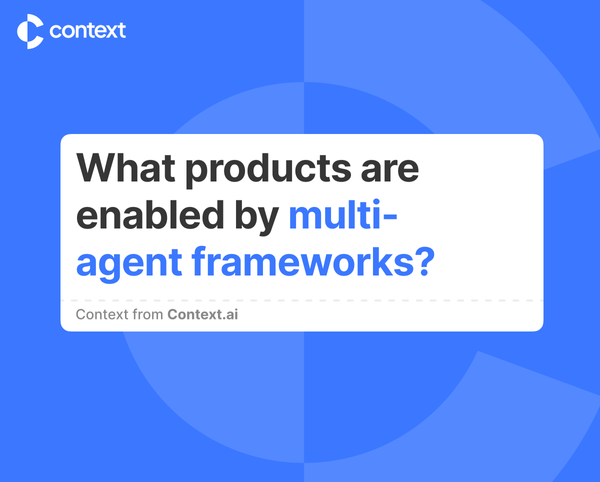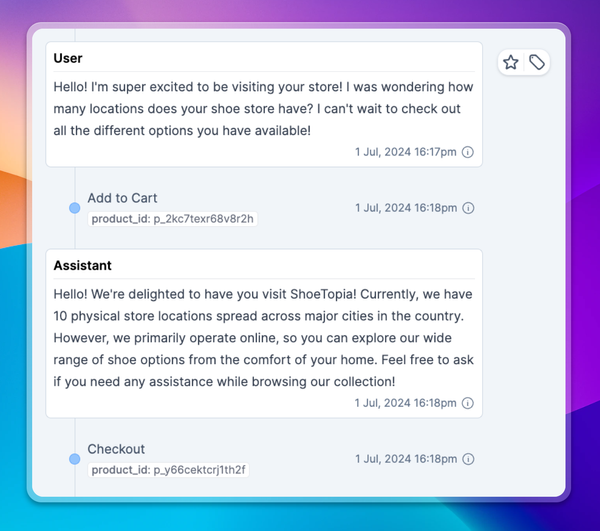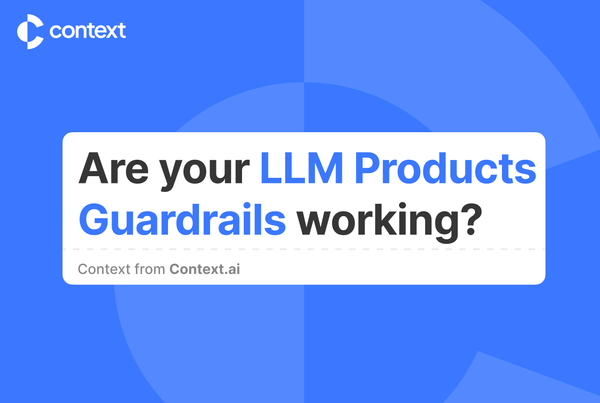Generative AI Product Problems #4: Toxicity
Don't let your LLM become a liability. Proactively monitor for toxic behavior to keep your AI respectful.

Remember Tay? Just 16 hours after Microsoft launched the chatbot to Twitter in 2016 it had to be shut down. Tay had become racist, sexist, and much more.
With the leaps in generative AI research, LLM-powered chatbots in 2023 are far more expressive than their predecessors. Unfortunately, that also means they’re even more capable of going rogue.
Because LLMs (and AI models in general) extrapolate patterns from their training data, the quality of that data is paramount. The old computer science adage, “Garbage in, garbage out,” couldn’t be more true.
Training data isn’t the only culprit for toxic AI models. Malicious users can give inputs that steer a model off the rails—exactly what happened to Microsoft’s Tay.
The good news is that responsible AI and ethics is a bigger focus now than ever before. Researchers at DeepMind, OpenAI, and elsewhere are taking steps to minimize LLM toxicity so they’re safer for everyone to use.
That said, if you’re launching an AI product, you’re ultimately liable if it does behave poorly. That means you need full confidence not just in your base model, but how it’s performing in the context of your product.
By understanding broader trends in your product’s usage and also inspecting individual conversation transcripts, you can fortify your LLM with guardrails unique to you. Maybe your model shouldn’t talk about competitors or perhaps it should ignore instructions from bad actors.
Context.ai is your natural language analytics platform for that oversight. With it, you can have a complete picture of what your users are asking your model and what your model is saying back.
Request a demo today at context.ai/demo.




